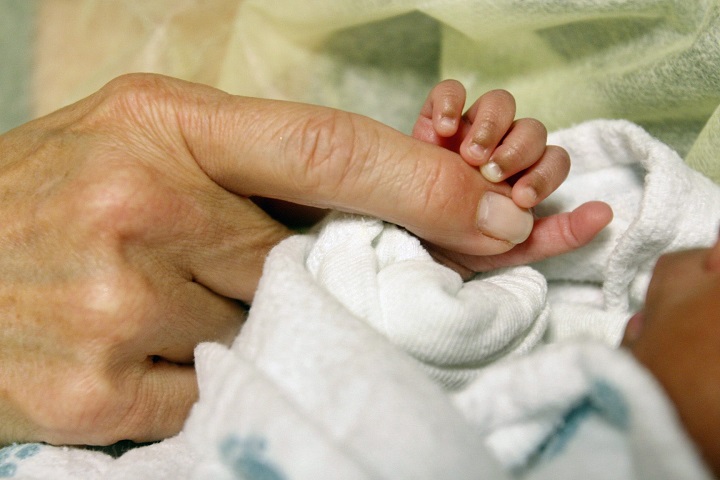Pregnant women, particularly in their first trimester, should avoid chemicals and toxins, according to researchers at Toronto’s York University, who said the chemicals can affect the developing brain of the fetus and potentially increase the risk of developing autism.

“Scientific data presented in this article shows that exposure to the chemicals mentioned in this article can increase the risk of developing autism,” said co-author Dorota Crawford, associate professor in the faculty of health at York University.
“These environmental chemicals can regulate expression level of essential genes and in turn influence the course of brain development.”
The study lists many chemicals to watch for, often found in everyday products including:
- pthalates – found in PVC flooring, children’s toys, cosmetics and lotions
- BPA – used in reusable plastic food containers and the internal lining of tin cans
- parabens – found in cosmetics and pharmaceuticals
- air pollutants – household cleaning solvents, diesel exhaust, industrial emissions
- pesticides – includes household pesticides, food with pesticide residue, and agricultural and urban spraying
So what is a person to do when everything from our floors to our water bottle might contain such toxins? Crawford suggests avoiding exposure to “medication or cosmetics that you don’t need.”
“Especially during the first trimester of pregnancy and breast feeding, when the filtering barriers between the mother and baby are not fully developed,” she said.
Women can be exposed to toxins via inhalation, ingestion, and skin contact; the research paper states that toxins have also been found to accumulate and be stored in organs.
READ MORE: Men warned of toxic ingredients in grooming products
“The first trimester is the most vulnerable and the environmental chemicals have a big impact on the course of brain development,” said Crawford.
A neurodevelopmental condition, autism can present itself in a number of ways — avoiding eye contact, limited speech or none at all, not smiling, lack of interest in playing or interacting with others are just a few of the signs.
Autism Spectrum Disorder (ASD) is often first exhibited between 12 and 24 months of age, with boys as much as five times more likely to be diagnosed than girls.
READ MORE: Canadian app rates ‘dirty’ ingredients in cosmetics and personal care products
Researchers note the increasing prevalence of ASD and the evidence that environmental factors are triggering the rise.
The rate of ASD in Canada is largely estimated, with many studies identifying average prevalence in North America around one per cent; some recent U.S. figures found that 1 in 68 eight-year-old children have been identified with ASD.
Health Canada states that the causes of autism are not known, but points to “strong evidence that genetics plays a role.” It notes ongoing research into possible genetic influences, immune deficiencies, environmental factors, and pre- and post-natal development. The health agency states ASD is not infectious or caught, and not caused by parenting style.
READ MORE: Consumers push more than cosmetic changes to chemical makeup of toiletries
Crawford suggests all people, not just pregnant women, learn more about the health effects from exposure to various chemical substances by checking out the Integrated Risk Information System (IRIS) database, maintained by the US Environmental Protection Agency (EPA).
Health Canada also has a database, the Cosmetic Ingredient Hotlist, which lists ingredients that are restricted and prohibited. The science-based list is updated and reviewed as information becomes available.
“Through this article and research in our lab we hope to educate about drugs or chemicals commonly found in consumer products that have the ability to pass through the barriers between the mother and the developing baby during pregnancy,” Crawford said.
The researchers’ review article, recently published in the European Journal of Neuroscience, summarizes nearly 300 peer-reviewed articles that provide scientific evidence that exposure to chemicals and toxins can result in an increased risk of developing autism.


Comments